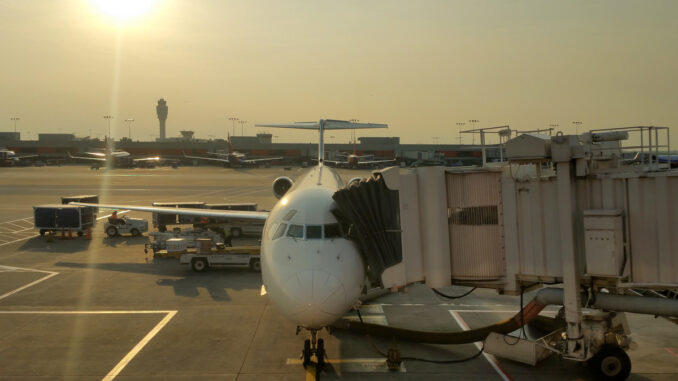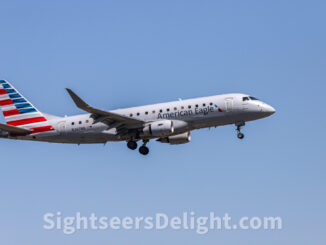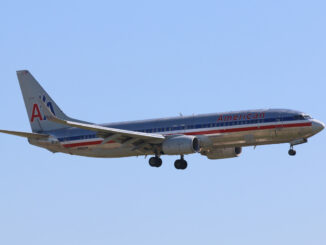
(GLOBE NEWSWIRE) — The Transportation Security Administration (TSA) and American Airlines, through a joint initiative, will install new screening technology, including automated security screening lanes and computed tomography (CT) scanners, at select American Airlines hubs nationwide this fall.
The automated screening lanes incorporate technology and screening station modifications that enhance security effectiveness while decreasing the time travelers spend in security screening by approximately 30 percent. TSA and American Airlines anticipate deployment of these lanes to Chicago (O’Hare), Dallas/Fort Worth, Los Angeles and Miami.
American Airlines and TSA also plan to deploy CT technology at a Phoenix TSA screening checkpoint — as a pilot program set to begin by the end of 2016.
“Our foremost priority is the security of the traveling public,” said TSA Administrator Peter V. Neffenger. “To ensure that we remain up-to-date in an evolving threat environment, TSA continues to test and deploy state-of-the-art technologies. This collaboration with American Airlines is an important step in enhancing the traveler experience while maintaining effective security.”
“We are proud to be working collaboratively with the TSA to support next generation screening technology at five of our hubs this fall,” said American Airlines Chief Operating Officer Robert Isom. “These state-of-the-art lanes, along with new detection technology that will be tested in Phoenix, will enhance security effectiveness and efficiency, while improving the customer experience. On behalf of our team members who are working to take care of customers every day, we appreciate the TSA’s partnership in implementing these new innovative technologies.”
The advanced equipment in the automated lanes offers a number of unique features designed to improve the screening of travelers by automating many of the functions currently conducted manually, allowing passengers to move more swiftly through the checkpoint. These innovations include:
- Automated belts that draw bags into the X-ray machines, returning the bins back to queue after completion of the screening.
- Bags with a potential threat can be directed to a separate area to allow bins behind it to continue through the system uninterrupted.
- Property bins that are 25 percent larger than the bins in regular screening lanes.
- Unique Radio Frequency Identification (RFID) tags that are attached to each bin to allow for additional accountability of items as they transit throughout the system.
- Cameras that capture photos of the outside of the bag, which is linked to the X-ray image of the bag’s contents.
CT technology, currently only used at U.S. airports to screen checked bags, is expected to significantly improve the throughput when added to the screening process in Phoenix. 3D CT technology could make it possible to allow passengers to leave liquids, gels and aerosols, as well as laptops, in their carry-on bags at all times. This results in a quicker throughput and less bin use. If the pilot testing is successful, TSA may deploy CT technology to other checkpoints nationwide.
In collaboration with vendors, airlines, airports, and across the counter-terrorism community, TSA will roll out additional automated checkpoint lanes to improve the screening process as well as help minimize wait times. TSA’s long-term goals are to incorporate automated security checkpoint lanes at all U.S. airports.
“Our responsibility is to keep passengers safe but also moving through security,” said Neffenger.





